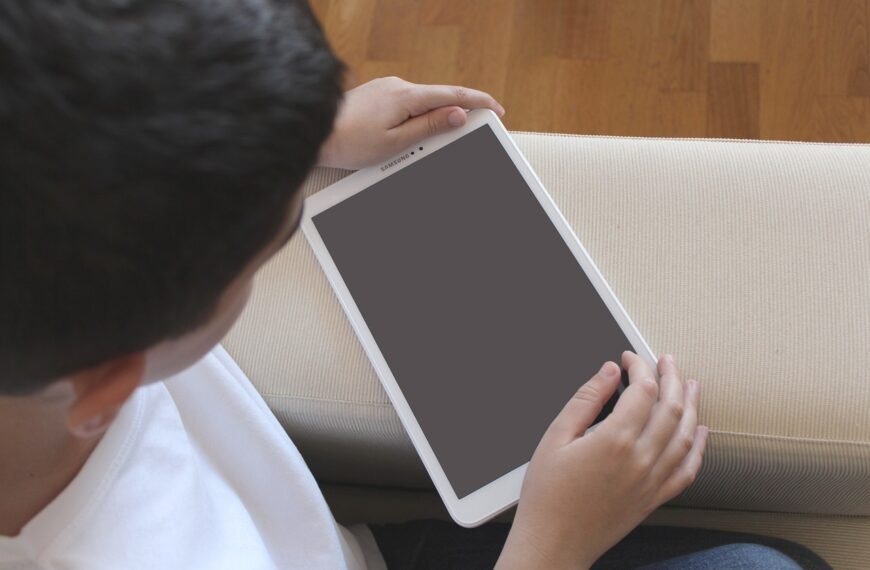ChatGPT’s latest upgrade, the 4o model, now includes a powerful image generator that can create highly realistic text within images. While this feature opens up creative possibilities, it also raises concerns—especially as people are already using it to make fake receipts.
How Fake Receipts Are Being Made
A viral post on X (formerly Twitter) showed a fake receipt for a San Francisco steakhouse, created using ChatGPT 4o. Others quickly replicated the experiment, even adding stains to make the receipts look more authentic. However, some attempts had obvious flaws—like incorrect math or formatting errors. Still, with minor edits, these mistakes can be fixed, making fake receipts harder to spot.
The Fraud Risk Is Real
Scammers could easily use this tech to generate fake expense claims, costing businesses money. While OpenAI includes metadata to label AI-generated images, determined fraudsters might still find ways around it.
OpenAI’s Response
When asked about misuse, an OpenAI spokesperson stated that their policies prohibit fraud but allow creative uses like teaching financial literacy or designing ads. They emphasized that the tool is meant for positive applications, though real-world abuse remains a concern.
Why This Matters
As AI tools improve, so do the risks of misuse. Fake receipts are just one example of how easily AI can be exploited for scams. While OpenAI monitors policy violations, users must stay cautious about AI-generated content in financial and legal contexts.






















